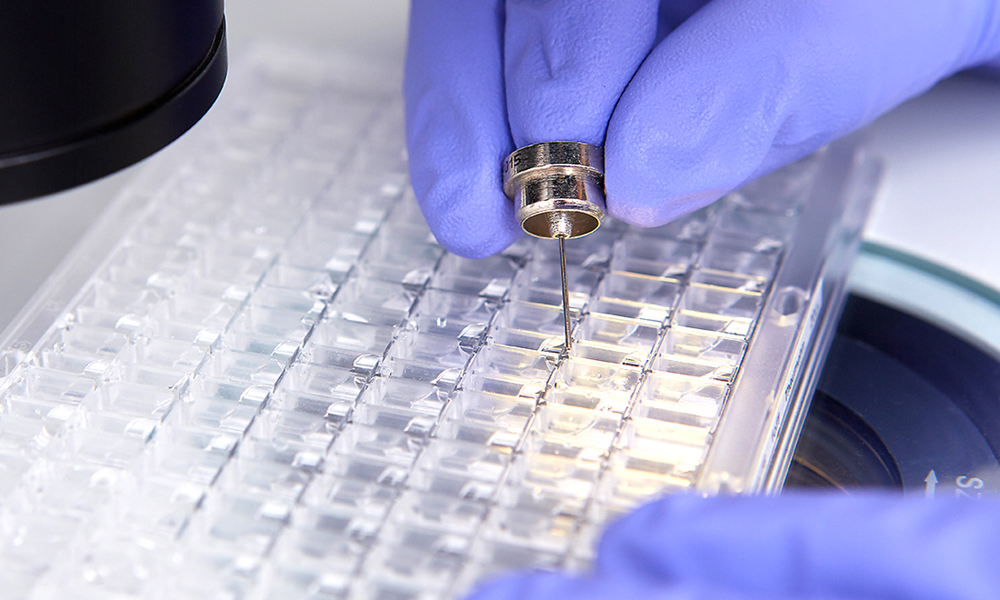Researchers at EMBL Grenoble are using structural biology methods to provide mechanistic insights into SARS-CoV-2 and test potential drug candidates

By studying the detailed molecular structure of SARS-CoV-2 proteins and RNA, scientists can learn the mechanisms that control how the virus infects cells, replicates, spreads - and try to understand how to stop it.
The SARS-CoV-2 RNA genome codes for 29 proteins, which allow the virus to attach to host cells, make RNA copies of the genome, or suppress the cell's antiviral defences. While global research on coronaviruses has shed light on the function of many SARS-CoV-2 proteins, the role of some crucial components remains unknown. Researchers at EMBL Grenoble will be are combining methods such as X-ray crystallography, cryo-electron microscopy, nuclear magnetic resonance, and small-angle X-ray scattering to try to solve some of the puzzles of the novel coronavirus's molecular mechanics. Teams at the site are also offering access to crucial technology platforms as part of a global effort to zoom in on the biomolecules of SARS-CoV-2 and potentially help scientists to develop drugs that inactivate the virus.
EMBL Grenoble research groups are focused on several key targets. Scientists in the Cusack group aim to determine the structure of the SARS-CoV-2 replication machinery, together with the RNA template that the virus uses to make copies of its genome. Inhibitors of this machinery, such as remdesivir, are potential anti-SARS-CoV-2 drugs. The Bhogaraju group is focused on a key component of the coronavirus's largest protein, which acts like a pair of molecular scissors to set other viral proteins free to carry out their roles and also disturbs the balance of proteins in the infected cell. Researchers in the Marcia group are studying regions of the viral RNA genome that are not directly translated into proteins but can nevertheless form complex structures that contribute to the translation of genomic information into viral proteins. These RNA elements could represent important molecular targets for drug development. Working together with these research teams, the Marquez group is applying fragment screening pipelines to a large-scale search for molecules that might inhibit these key viral components. The Márquez and McCarthy teams are also offering the wider scientific community access to an advanced crystallisation platform coupled to high-brilliance X-ray beams at the European Synchrotron Radiation Facility (ESRF).
These synergistic, complementary research efforts - deployed within the unique environment of the Partnership for Structural Biology on the EMBL Grenoble site - aim to dissect key mechanistic aspects of coronavirus molecular machines and potentially accelerate the development of new antivirals to contain the pandemic.
Related links
Tags: Bhogaraju, Coronavirus, COVID-19, cryo-EM, Cusack, Marcia, Marquez, McCarthy, RNA, SARS-CoV-2, SAXS, Structural Biology, X-ray crystallography






